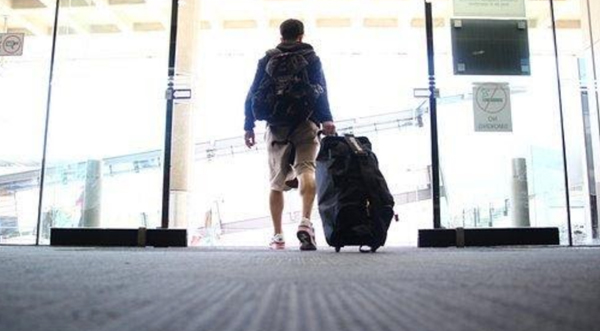Can an Online Gap Year Prove a Good Idea?
By Space Coast Daily // February 19, 2021

The college’s traditional education setup incorporated gap years for students to undertake special experiential programs away from education.
As such, it comes as no surprise to see many students decided to use writing term papers services to seek as much information on gap years as they can. However, with the advent of the COVID-19 global health pandemic and the shutting down of campuses worldwide, the planned gap year’s programs by most students got disrupted.
The pandemic forced plenty, if not all governments, to impose travel restrictions and total shutdowns, which hampered plans by many students to travel across the world for their gap year programs.
Consequently, the interest to take time from studies by plenty of college students surged. For instance, the GYA web traffic increased significantly by up to 300%. Simultaneously, organizations that promote gap year saw increased inquiries, as witnessed by Than Knight, the executive director at GYA (gap year association).
He further alludes that in as much as program registrations compare with the previous year, the expectation entails an increased interest, which will lead to a surge in enrollment the following months.
Before, gap years mainly involved work, travel, personal growth, or skill-building. But with the increased spread of the virus, most programs got shortened, postponed altogether, or migrated onto the digital platform. So can gap year-related programs get conducted virtually as well?
Virtual Gap Years
Well, like everything else, gap year-related programs mainly shifted into the digital platform, with many organizations involved with planning gap years opting to conduct their operation online. For instance, AMIGOS, a service-based and travel gap year platform, typically provides semester and year-long programs in Nicaragua, Uruguay, and Ecuador.
Students have to settle in and live with a selected host family, an intern at selected local organizations, and design service projects besides learning Spanish at $13450 every semester.
However, this year the organization decided to replace its itinerary with CAGS (Civic Action Gap Semester). It entails a virtual program that involves civic leadership programs taught by the faculty of Tufts University.
It also involves English and Spanish language classes, mentorship programs with experts in the corresponding interest fields, and virtual volunteering opportunities with non-profits.
In as much as plenty of gap year applicants can hesitate at the prospect of doing virtual coursework, the comprehensive experience gained can offer better service and career opportunities compared to virtual university classes.
Additionally, the costs come much lower compared to some university tuition fees. For instance, you only have to pay approximately $3475 and $7975 for a six-week and twelve-week period for the complete experience. Additionally, the twelve-week program will potentially earn you three university credits, and financial aid comes on a need-based and first-come basis.
Other gap year programs such as Global Citizen Year also offer virtual gap year experiences, especially during the fall period. It can offer a scholarship worth $32500 for your travel, living, and volunteer experiences in India, Senegal, Brazil, and Ecuador.
Conclusion
Currently, online gap year-oriented programs provide a useful and effective experience for students when virtual education proves either too expensive or inaccessible.












